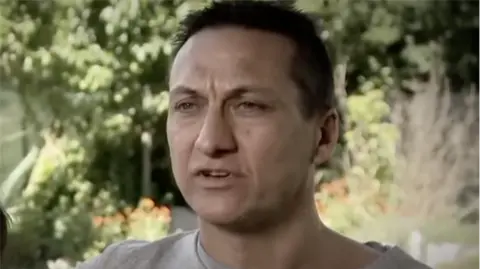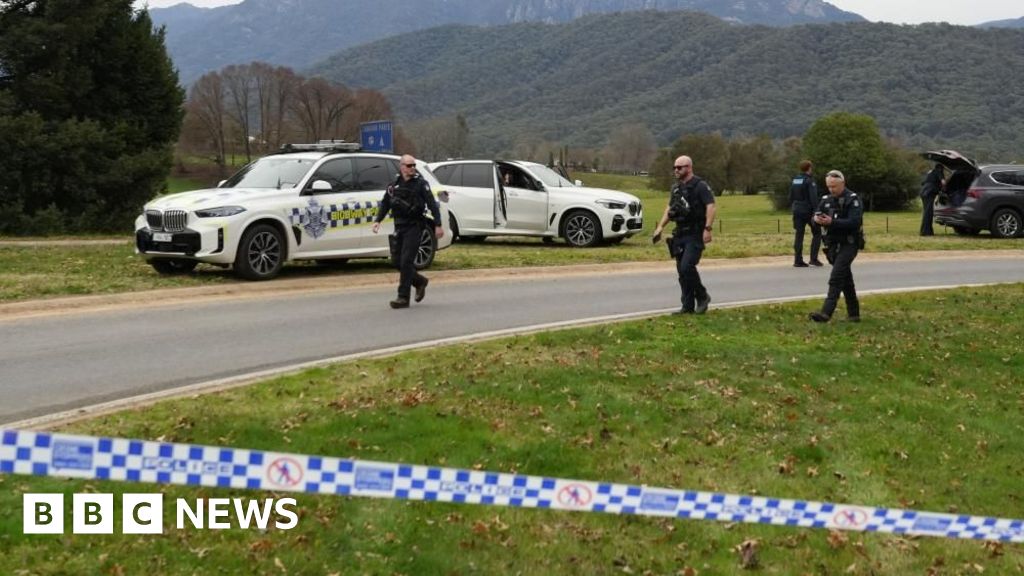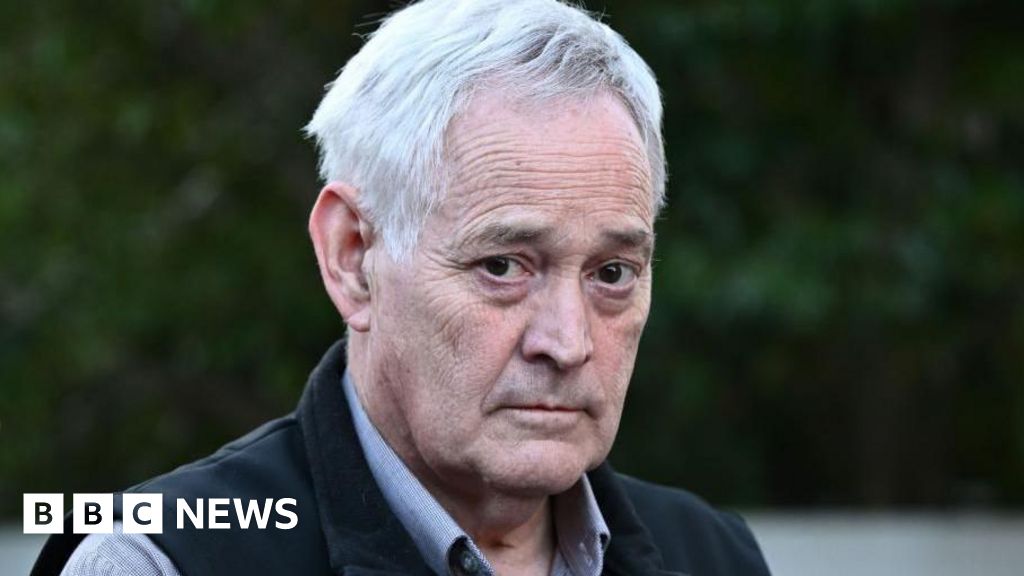In a small courtroom in Morwell, Australia, the trial of Erin Patterson, known as the "mushroom murderer," unfolded, capturing the collective imagination of true crime enthusiasts across the globe. After three individuals consumed toxic mushroom-laden beef Wellingtons at her home two years ago, their tragic deaths propelled Patterson into the spotlight as not only a suspect but also a figure of intrigue in the true crime community.
For years, Patterson had engaged with true crime forums, earning respect as a sharp "super sleuth." However, her reputation took a drastic turn after the incident, which led to widespread media coverage and courtroom spectators eager for insight. Spectators, mostly women, lined up outside the courthouse, equipped with camping chairs and essential supplies, undeterred by inclement weather, exhibiting a keen interest in the unfolding drama.
As the trial attracted international media attention, Patterson's prior participation in crime discussions was scrutinized, prompting friends to describe her as a capable investigator. Yet, the community's ongoing speculation about her motives and potential guilt created a frenzy online, often bypassing legal protocols designed to ensure a fair trial. Social media erupted with theories, memes, and even created fictitious restaurant listings at Patterson's residence, reflecting a wider obsession with the case.
Throughout the trial, which included testimony from over 50 witnesses, the courtroom became a battleground of opinions. Many attendees vehemently declared Patterson's guilt, largely influenced by her perceived emotional detachment and statements during the trial. The conversation surrounding her case resonated with themes of gender and societal expectations, as experts remarked that society tends to scrutinize women accused of crime more harshly.
Despite Patterson's conviction and the serious nature of the case, intense public interest shows no signs of fading. The case has spawned numerous podcasts, documentaries, and potential dramatic recreations, echoing the narrative themes that often draw audiences in. However, local leaders in the community where the victims were beloved express concern over the sensationalism surrounding the trial, emphasizing the need for humanity when reflecting on the real loss experienced by families affected by this tragedy.
As the true crime narrative continues to thrive, it raises questions about the relationship between society’s fascination with crime and the individuals who find themselves enmeshed in these intricate stories.
For years, Patterson had engaged with true crime forums, earning respect as a sharp "super sleuth." However, her reputation took a drastic turn after the incident, which led to widespread media coverage and courtroom spectators eager for insight. Spectators, mostly women, lined up outside the courthouse, equipped with camping chairs and essential supplies, undeterred by inclement weather, exhibiting a keen interest in the unfolding drama.
As the trial attracted international media attention, Patterson's prior participation in crime discussions was scrutinized, prompting friends to describe her as a capable investigator. Yet, the community's ongoing speculation about her motives and potential guilt created a frenzy online, often bypassing legal protocols designed to ensure a fair trial. Social media erupted with theories, memes, and even created fictitious restaurant listings at Patterson's residence, reflecting a wider obsession with the case.
Throughout the trial, which included testimony from over 50 witnesses, the courtroom became a battleground of opinions. Many attendees vehemently declared Patterson's guilt, largely influenced by her perceived emotional detachment and statements during the trial. The conversation surrounding her case resonated with themes of gender and societal expectations, as experts remarked that society tends to scrutinize women accused of crime more harshly.
Despite Patterson's conviction and the serious nature of the case, intense public interest shows no signs of fading. The case has spawned numerous podcasts, documentaries, and potential dramatic recreations, echoing the narrative themes that often draw audiences in. However, local leaders in the community where the victims were beloved express concern over the sensationalism surrounding the trial, emphasizing the need for humanity when reflecting on the real loss experienced by families affected by this tragedy.
As the true crime narrative continues to thrive, it raises questions about the relationship between society’s fascination with crime and the individuals who find themselves enmeshed in these intricate stories.






















